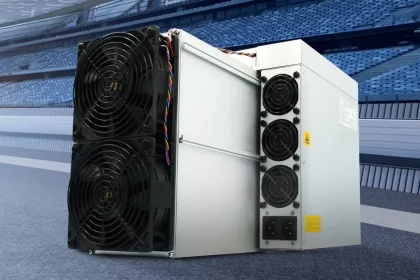Tractors have a rich history around the world as one of the best and most well-used tools of modern man. In this article, we delve briefly into the history of farming and some of the early tools then get into the origin of tractors and how they quickly revolutionized agriculture land for sale near bangalore.
The history of tractors in agriculture is a long and storied one. There’s a lot to it that most people may not know. Sure, many of us have played with tractors as kids and we know that they’re used in farming. But if you didn’t grow up in a rural environment, you might not be familiar with just how important they are in growing most of the food we eat.
Early on in colonial times in the United States of America, the most important things to a farmer was his oxen and/or horses. Oxen were pretty much the original tractors going back through history. Farmers have always needed to till the ground to keep it fertile and to sow seeds. The best tool for that job was a beast of burden like an oxen or a horse. Sure, a farmer could do it himself with a hand plough, but that’s extremely strenuous work and takes a long time. So, until tractors were invented, beasts were the main tool for farming.
While horses worked OK for pulling plows behind them, oxen were much better and valued more in purely agricultural terms. Oxen are stronger than horses and can pull more weight. Horses do a fine job but sometimes can founder a bit if they get worked too hard after a long layoff. Oxen can pretty much just get up and go.
As trains and methods of steam technology grew, we began to invent machines that could do the work of our beasts of burden. The first of these were called traction engines. These were immensely heavy steam-powered machines that moved slowly. They were also referred to as road locomotives. Some of them weren’t even self-propelled but instead were hauled to a location (sometimes by oxen or horse). These type of traction engines could be the source of energy to power things like a wheat thresher or do other similar farming tasks.
But these traction engines were slow, clunky, and due to their weight didn’t function very well on rich, tilled farm soil. They would sink right into the ground despite having huge spikes on their iron wheels for better traction. Traction engines didn’t last long.
Luckily technology continued to advance and we got what is known today as the modern-day tractor. Steam power quickly gave way to the more powerful internal combustion engine. Tractors could be made much lighter than a traction engine and quickly gained acceptance among farmers everywhere, although some still used oxen and horses, even alongside their tractors. Whatever could get the job done to pull heavy equipment through soil would win out. Slowly, the price of tractors dropped and the amount of horsepower they could output continued to climb. This combined with the huge amount of horsepower they could output made oxen and horses essentially obsolete – at least in terms of pulling things like plows around a farm.



